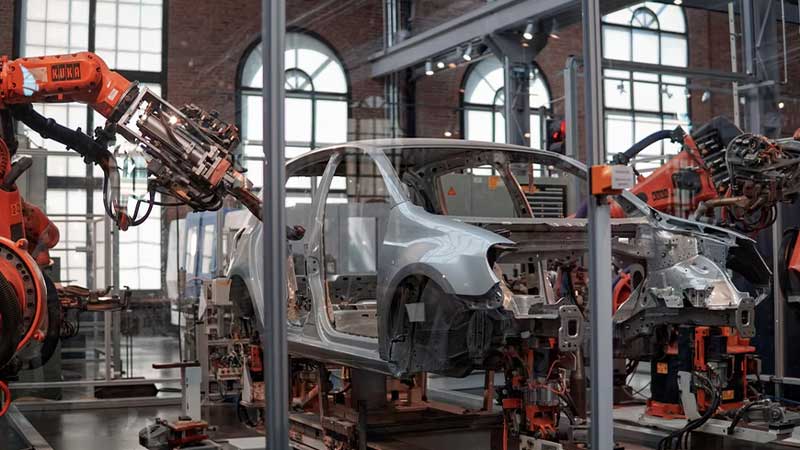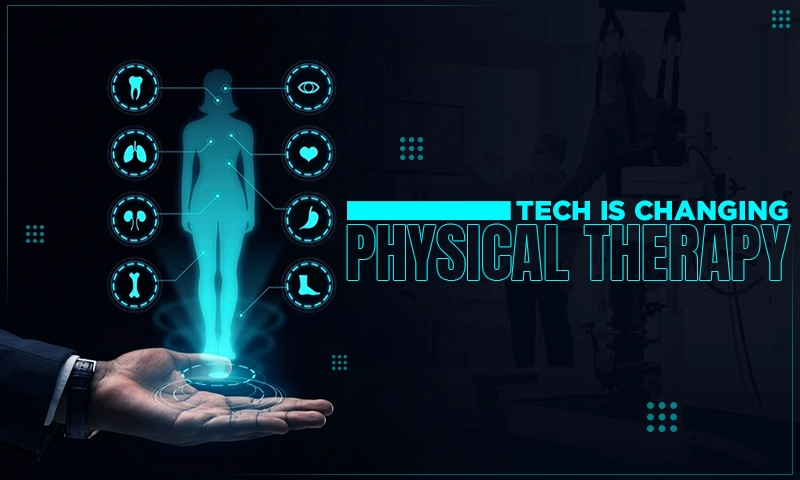How Has Technology Improved Manufacturing Processes?
When we think of technology, we usually think of things like phones, virtual reality, and machine learning. But technology has been around ever since our ancestors figured out how to make wheels and axles.
Of course, technology has also played a significant role in manufacturing processes throughout the centuries, and manufacturing tech continues to evolve to this day.

The Industrial Revolution
The first major shift in manufacturing came about in the Industrial Revolution of the eighteenth century, which began in England.
For the first time, machines were used to manufacture items, instead of producing them by hand. Thus, mass production was born.
Computers and Robotics
Two technologies have helped to shape modern manufacturing processes more than anything else: robotics and computers.
Computer Numerical Control machines have been around since the 1940s, but it was not until the 1960s and beyond, that they started to play a key role in the manufacturing industry.
In the 1940s and 1950s, CNC machines used punched tape, but it was later replaced with analog computing tech.
As digital technologies grew from the 1970s onwards, CNC machines became sophisticated enough to make production processes automated and much more efficient.
There are numerous CNC machines available today, including lathes, mills, and rolling machines. Furthermore, you do not have to buy the newest on the market because second-hand machinery can be just as good; and it offers great value.
As for the development of robotics in manufacturing processes, the first industrial robot started work for General Motors in 1961. It was called Unimate.
Today, robotics technology has reached a new level of innovation. In the United States alone, around 237,000 robots are used in all kinds of manufacturing processes, which has led to fewer errors, smoother workflows, and more efficient operations.
Assembly Lines
Assembly lines were first patented by the car manufacturer Ransom E. Olds in 1901. The technology revolutionized manufacturing processes because more items could be made much more quickly.
In fact, the Ransom E. Olds company increased its output by 500% in the space of a year after introducing the assembly line.
Production was increased further later on with the unified assembly line, with the ability to turn around thousands of products each day.
3D Printing
In recent years, 3D printing technology has been improving manufacturing processes.
For instance, 3D printers, which use an additive process to build thin layers of material to create finished products, have created many more high-quality manufacturing design possibilities.
3D printers are used by manufacturers working in many different industries, from electrical goods to prosthetics.
Technology 4.0
With new advancements in machine learning, artificial intelligence, virtual reality, and other tech, manufacturing processes are taking another leap forward.
The rise of digital technologies has enabled small manufacturers to compete with manufacturing giants, too. Manufacturers can now easily connect with clients all over the world.
Many leading industry experts believe we are on the verge of a new industrial revolution, which has been dubbed Technology 4.0. It involves new tech like photonics and nanotechnology.
Summing Up
Automated systems, robotics, computers, and complex machinery have all aided in the improvements of manufacturing processes in the last few decades.
Modern technology has led to increased manufacturing outputs, resulting in lower costs for the end customer and more efficient and profitable results for manufacturers.
Manufacturing has come a long way since the Industrial Revolution, and with exciting advancements being made in new fields like nanotechnology, one thing is certain: manufacturing processes will become even more efficient and revolutionary in the near future.
Share
















